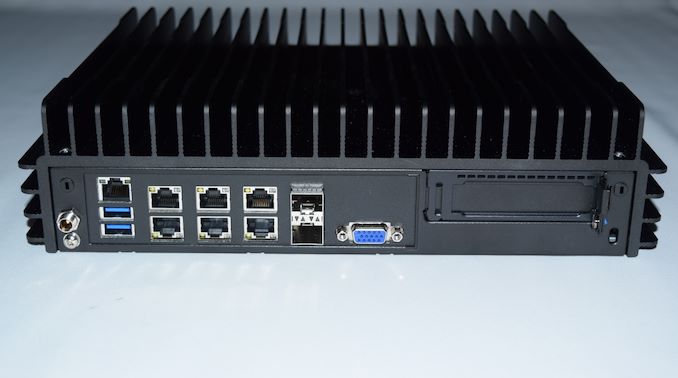Supermicro is a global leader in enterprise, cloud, artificial intelligence, and 5G telco/edge IT infrastructure. We are becoming a Total IT Solutions supplier in addition to shipping many motherboards, power supplies, and IT hardware in the server, artificial intelligence (AI), data storage and networking (IoT), and switch industries. As an example of what Supermicro can do, consider the following:
Table of Contents
1. Supermicro has Improved Server Storage
You can optimize storage density while saving money on electricity and minimizing the total cost of ownership with Supermicro’s vast assortment of rackmount storage servers.
These systems include a high-efficiency power supply, high-capacity SAS3/SAS2/SATA3 2.5″ and 3.5″ hot-swappable HDDs, and 100 percent cooling redundancy. (TCO). Supermicro’s DP, UP, and MP server boards can support up to seven PCI expansion slots on 2U, 3U, and 4U servers.
This section contains SAS3/SAS2 12Gb/s and 6Gb/s Add-On Cards. SAS3/SAS2 controllers, as well as these new ones, are already available on Intel and AMD motherboards.
Enterprise data centers and high-performance applications can benefit from new levels of storage performance and reliability, as well as improved access, scalability, and dependability, thanks to Supermicro storage servers.
A straight HDD backplane (TQ), a multi-lane backplane (A), and a SAS3/SAS2 expander backplane are included with Supermicro storage servers (E).
2. Architecture that does not Waste Resources
IT managers seek solutions that are effective, affordable, and environmentally friendly. When it comes to costs, people are more concerned with how much energy is consumed. If electricity costs rise, customers will find it more expensive to run their servers than to purchase them.
Supermicro’s Resource-Saving Architecture demonstrates that we care about the environment in the IT industry. Clients’ total cost of ownership (TCO) decreases due to this invention.
The data center’s electricity, cooling, shared resources, and refresh cycles are all improved with this approach. This forward-thinking strategy promotes the reuse of system enclosures, the modular replacement of subsystems, and the creation of longer-lasting subsystems.
Networking, storage, cooling, fans, energy, and power are examples of subsystems. The cost of a refresh cycle can be reduced if the CPU and memory can be refreshed individually. This is possible since these two resources are separate.
3. Supermicro’s Response to AI/DL
Deep Learning is a cutting-edge tech in computer science. It is a branch of AI and ML that use multiple layers of artificial neural networks to solve difficult problems. Every day, Google Maps analyzes millions of data points to determine the best route and how long it will take.
Deep Learning consists of two major components: training and extracting inferences from it. A large amount of data is required for deep learning to work. The functionality is implemented in such a way that the network can “learn” it to do things like recognize images and speech.
The inference is making accurate judgments and predictions using a trained model. Training and inference require a large number of computational resources to function properly.
4. Supermicro’s Machine Learning Software
TensorFlow-powered solutions are now available from Canonical and Supermicro.
Canonical, the firm that creates Ubuntu, offers a wealth of experience that businesses may leverage.
Many cloud platforms have confirmed that CDK is a previous version of Kubernetes. You can build faster if you use Canonical’s CDK ecosystem of tools, libraries, services, contemporary metrics, and monitoring tools.
On a Kubernetes cluster, it is simple to use Kubeflow’s Machine Learning (ML) resources. Because it uses the GPUs of the host to do machine learning tasks, Kubeflow makes it easy to set up TensorFlow.
TensorFlow is open-source software, meaning it is free to use and share. This is the tool for performing mathematical computations. The modular design facilitates computation on desktop PCs, server clusters, GPU-based systems, and mobile and edge devices.
Conclusion
Supermicro products such as SuperServers, SuperStorage systems, and Supermicro Ethernet switches are used to ensure reliability, quality, and scalability. Well-designed components.
